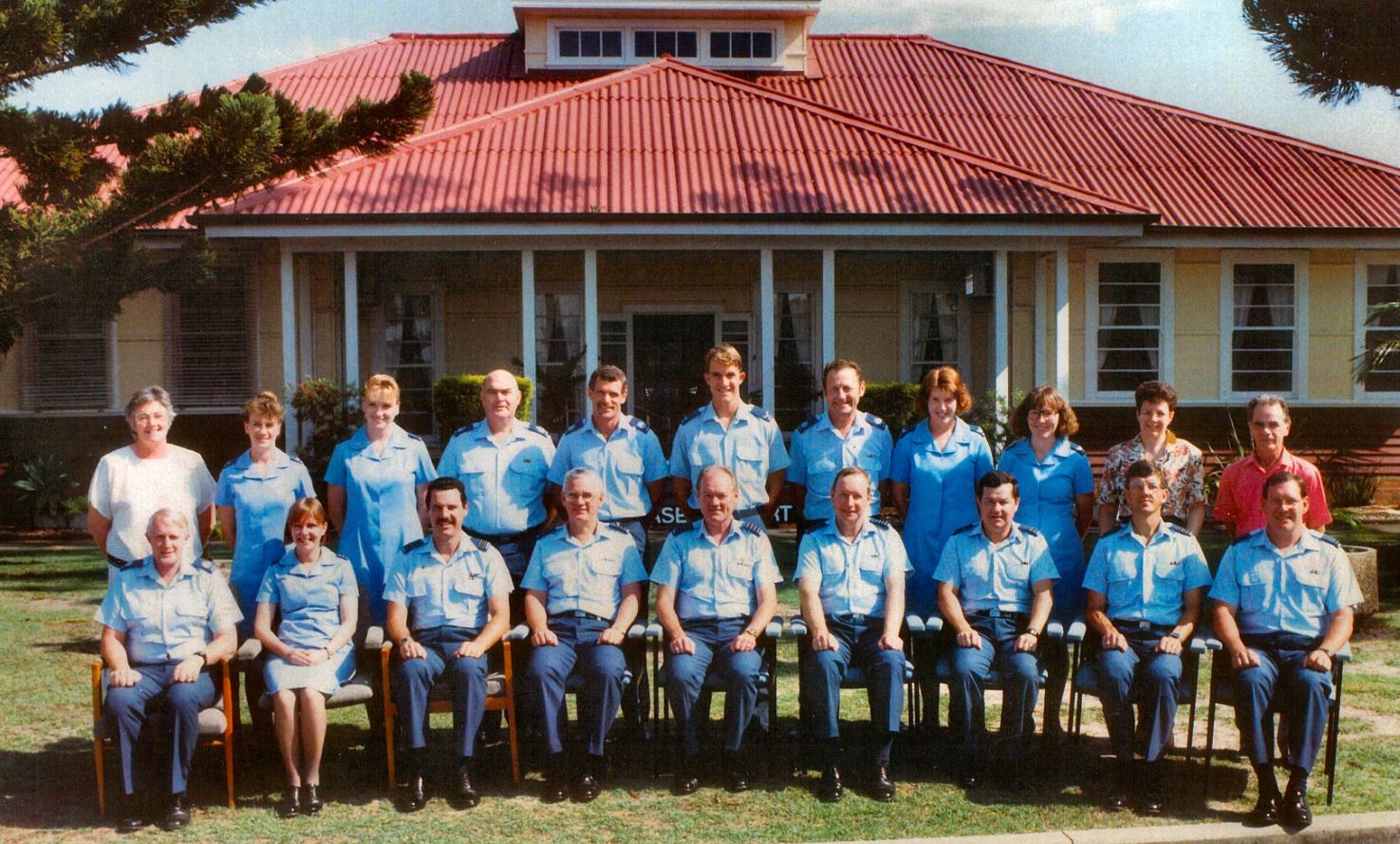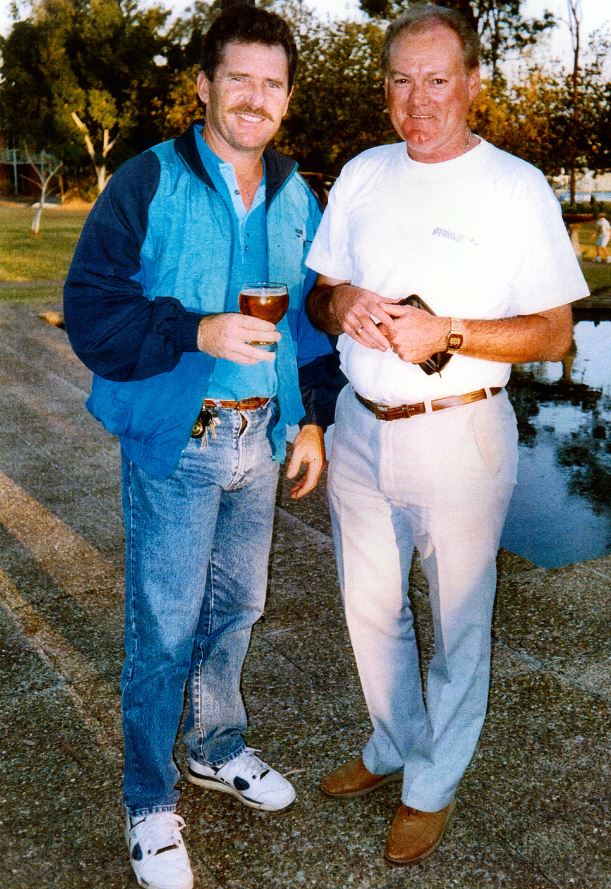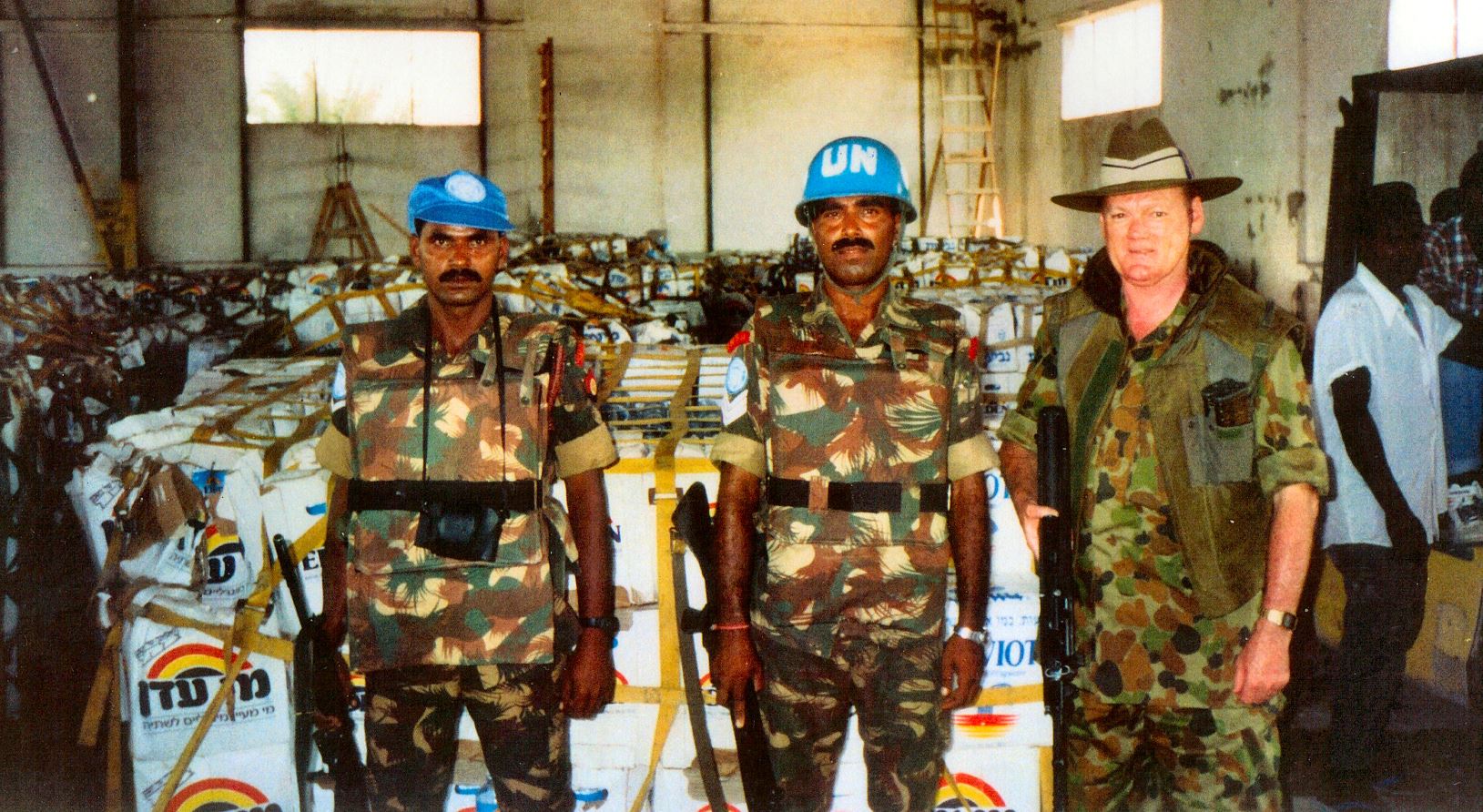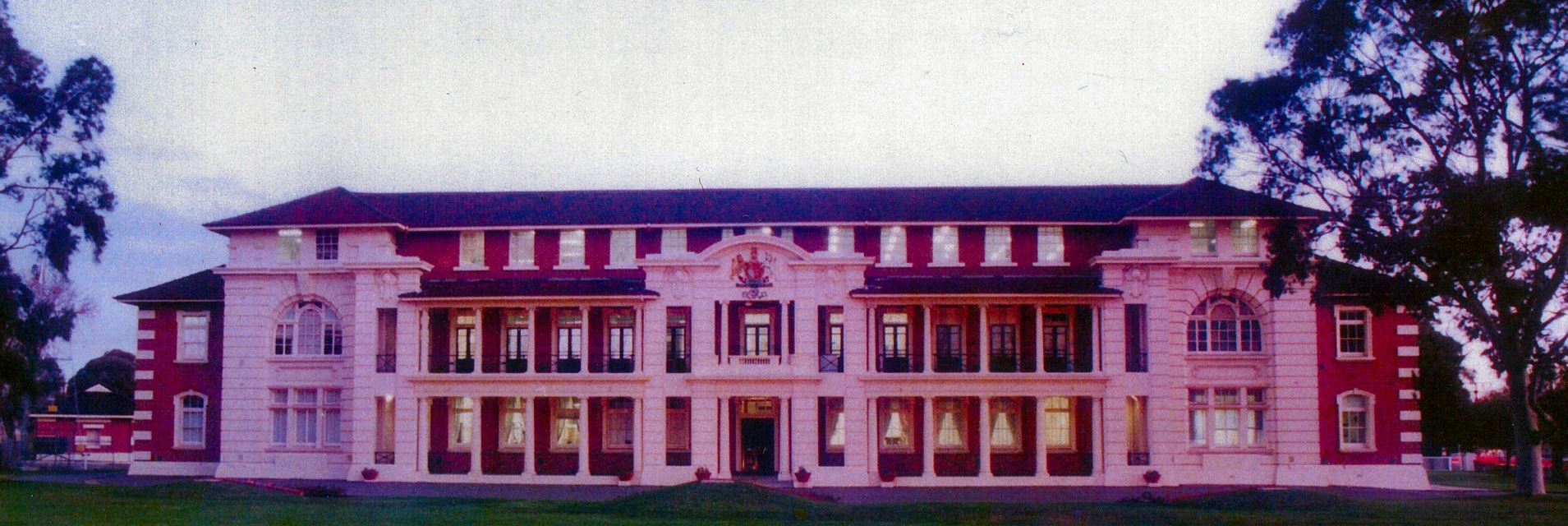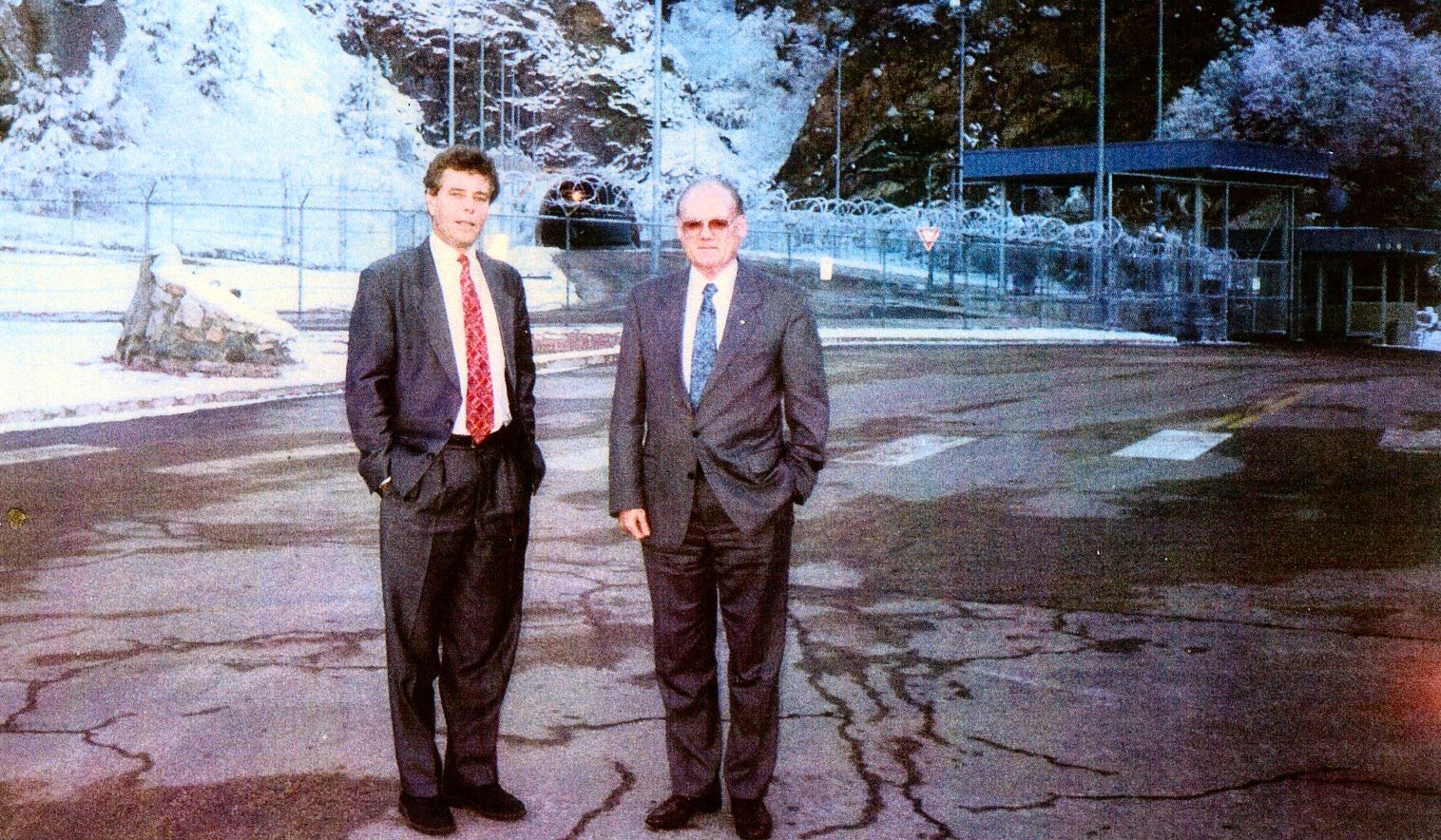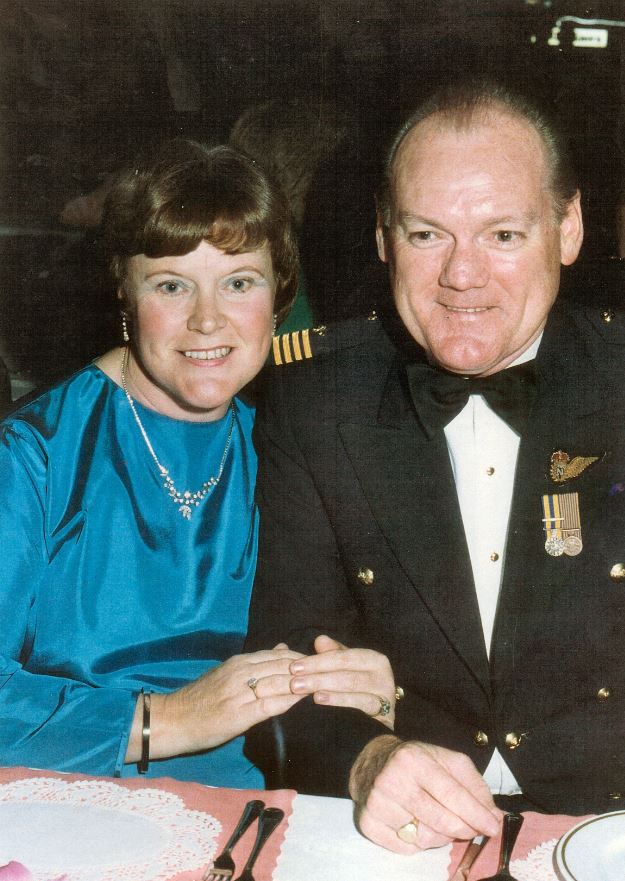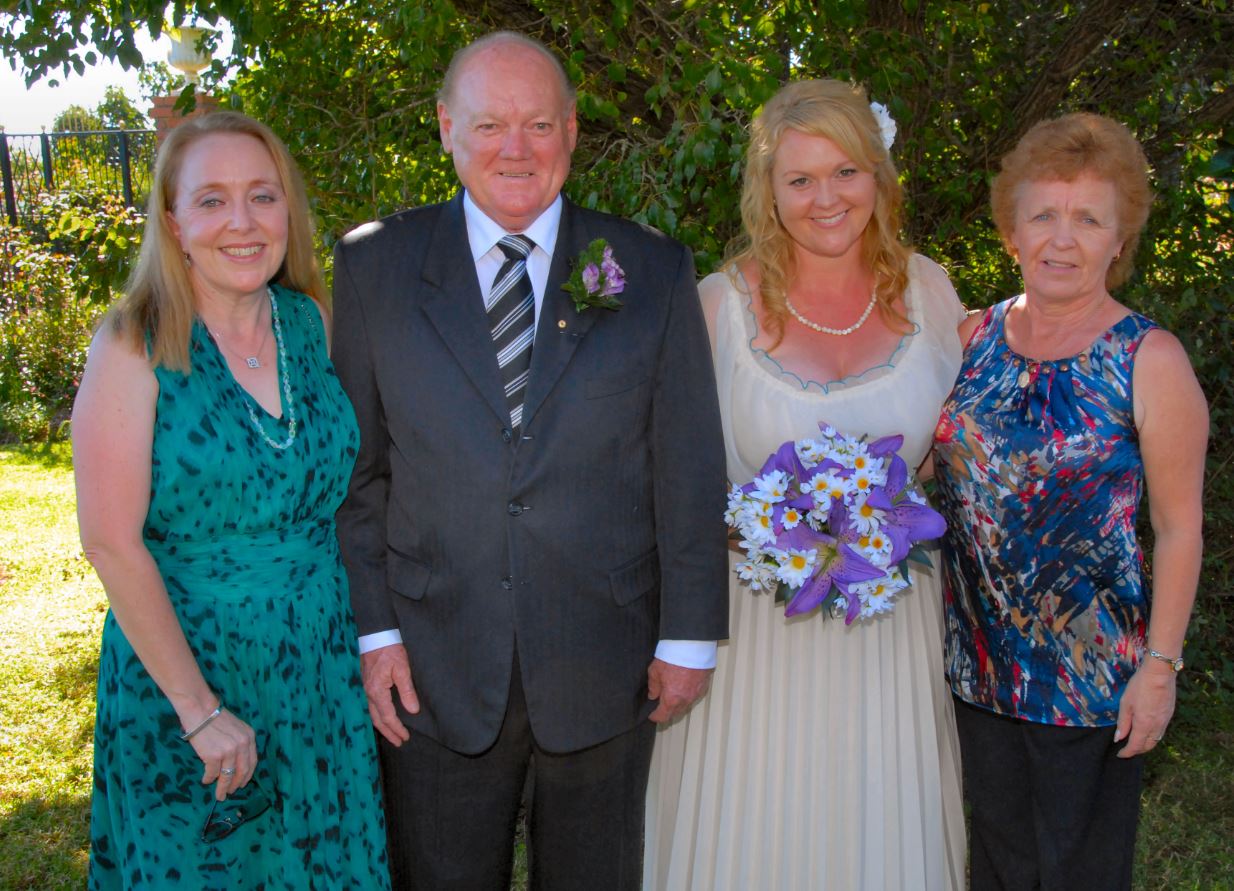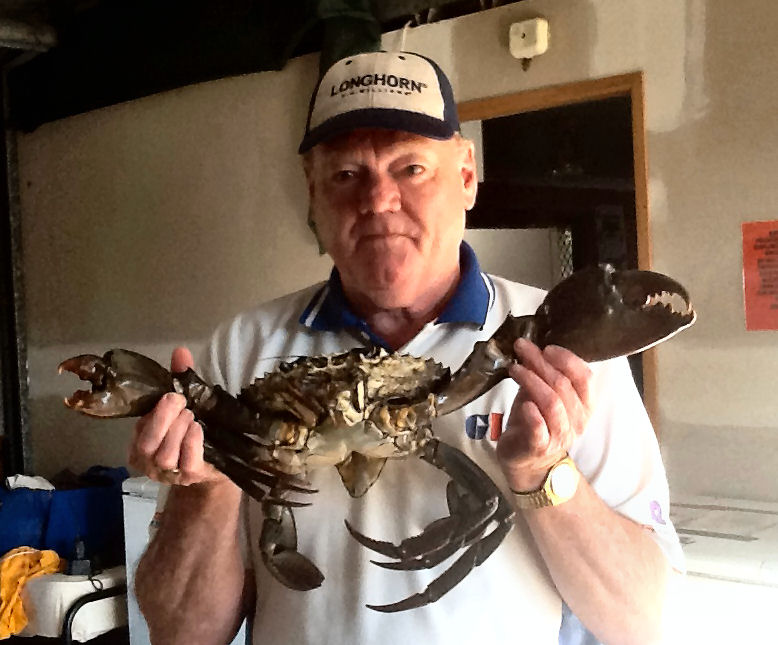|
|
|
|
Radschool Association Magazine - Vol 44 Page 7 |
|
|
Privacy Policy | Editorial Policy | Profit Policy | Join the Association | List of Members | Contact us | Index | Links |
|
|
My Story! |
|
|
Back Go to page: 1 2 3 4 5 6 7 8 9 10 11 12 13 14 15 16 17 18 19 20 Forward |
|
|
|
|
|
Clarence James Stjernqvist, AM. (Click some of the pics for a bigger view.)
" Travelling at supersonic speeds was a real buzz, but so too was travelling at the speed of life".
Clarrie Stjernqvist was born and raised in the Noosa district of SE Queensland and educated at the Tewantin State School, Christian Brothers College Gympie and the Queensland University. In March 1962, at the ripe old age of 20, he joined the RAAF as an aircrew cadet, straight from university and graduated as a commissioned navigator in March 1963.
In a past edition of Radschool Magazine he saw several photographs of a WRAAF reunion which was held in Brisbane in 2011. This brought back memories of his cadet days at the School of Air Navigation (now the School of Air Warfare) at East Sale because he recognised a few of them from that era. Cath Griffiths was employed in the SAN orderly room at that time and Rosa Wallis was a special friend with whom he spent some pleasant clandestine evenings usually with the cooperation of the Orderly WRAAF.
However, at times the hut NCO would answer the phone and was not so accommodating. He also remembers Carol Ford when he was aide to the AOC Operational Command. She was a Section Officer and he was a Flying Officer and he recalls that she caught his eye at a paynight function not long after she arrived at Glenbrook. This drew the wrath of ‘Dizzy’ Dynes, a WRAAF Squadron Officer, who acted true to form as a mother hen and put paid to any advances he may have had in mind.
As part of his training at Sale there was an attempt by the system to instil in the cadets a pseudo British class mentality by discouraging them from fraternising with WRAAFS for no better reason than some pompous, senior male dinosaurs must have regarded them as a lower rung on the food chain ladder.
Clarrie using The Wind Finding Attachment which would be remembered only by the old and bold clock winders but it was a valuable tool for tactical navigators versus the global navigator. It was affectionately referred to as the Woofa. The Woofa was different to the "Speed wheel" which was used for flight and fuel planning and any proportional mathematical calculation such as given a speed how long would it take to cover a certain distance.
The Woofa on the other hand received airspeed input from pitot and static vents and allowed you to complete a timed race track pattern by solving the triangle of velocity and the wind speed and direction. It was important to find the local wind if you were trying to track a submarine.
Although the instructors were obliged to pay lip service to this policy it was patently clear to the cadets that it was done so without any enthusiasm and it certainly was not policed. In any case the cadets were aware that many of the WRAAFS had come from more secure and privileged backgrounds than they themselves had, so it was an elitist policy that was destined to fail and fail it did because several cadets ended up marrying WRAAFS.
There was irony in all of this because the status of cadets was on a par with bog rats and that is how they were addressed by some of the instructors. The suspension rate for each course was about 33%, the unfortunates would be unceremoniously plucked from the classroom while a lesson was in progress and that would be the last the course would see of them. As a reminder to the rest of them the failed student’s faces would be blacked out on the initial course photo which hung on the classroom notice board.
His first operational posting was to No 11 Squadron which flew Neptune aircraft from RAAF Base Richmond. The role of this squadron was anti-submarine warfare, anti-shipping and mine laying. In peacetime it was regularly employed on search and rescue tasks. The Neptune carried a crew of ten comprising two pilots, three navigators and five signallers.
|
|
|
|
|
|
|
|
|
Within two years he had advanced to lead navigator status in one of the six squadron crews.
|
|
|
Neptune crew, Clarrie is 3rd from right.
|
|
|
One memorable event with
which he was involved during this time was the search for
A couple of hairy incidents occurred during one particular deployment to the Philippines. Familiarisation flights off the coast of Luzon were authorised prior to the start of the exercise proper. The crews were told that allied submarines would be operating in area. There was a typhoon brewing so the weather was less than clement. Clarrie recalls that on one of these sorties they were flying in cloud at a couple of hundred feet when the radar operator reported a small sharp contact on his scope which he suggested might be a submarine periscope. Clarrie advised that the contact was close to the Luzon coast but since it was in deep water a submarine could well be operating there. So it was decided to carry out a radar homing on the contact although they were still in cloud.
Between a half and a quarter mile from the contact a wild yell came from the cockpit followed by a violent split ##se turn and naturally the rest of the crew who had no forward visual reference were wondering what the problem was. It turned out that the contact was a rock which topped out well above their flight path. Fortunately fate was on their side because the cloud had broken at a critical time sufficiently for the pilot to avoid a certain disaster. However this didn't get Clarrie off the hook because the crew were threatening to throw him out without a parachute. All was forgiven when the Americans explained that they had unluckily targeted an uncharted rock and apologised profusely for failing to inform them of this chart error.
When the full force of the typhoon hit a USN Skywarrior was struck by lightning at night over the South China Sea. This caused the loss of critical flight instruments so the pilot ordered the crew to bale out into a gale of about 160kph. The pilot subsequently regained control of the aircraft and landed safely. The exercise was called off to search for survivors but they all disappeared without trace.
Also, in mid 1965 he escorted the convoy which ferried the first Australian combat troops to Vietnam while operating out of a tent city in Lae, PNG. These were the halcyon days of the Air Force with relatively few constraints on defence manpower and funding. There were a raft of alliances and treaties with which Australia was involved in the SE Asian region. During this era he regularly deployed to the Philippines, Singapore, Malaya, Thailand, Hawaii and New Zealand in support of the South East Asia Treaty Organisation (SEATO). In late 1965 he came crashing back to earth with a posting as aide to the Air Officer Commanding Operational Command (AOCOPCOM). A headquarters of this stature was a daunting place for a junior officer but he quickly discovered that while the AOC was a martinet towards his command and staff officers he treated his personal staff most considerately. This posting broadened his outlook on the RAAF and the Defence Force generally as he travelled with the AOC to most RAAF units across Australia as well as PNG and SE Asia including Vietnam at the height of the war.
Clarrie, when aide to the AOCOPCOM.
Towards the end of his time at HQOPCOM the AOC informed him that he would be posted onto Canberra Bombers at Amberley and would most likely complete a bombing tour in Vietnam. So commenced a rather turbulent association with the bomber world.
After converting to the Canberra (crew comprising a pilot and a navigator) and accumulating a few hundred hours he received a posting to 2 Sqn which was operating out of Phan Rang in Vietnam. He had psyched himself up for this eventuality when without explanation his posting was cancelled a week before he was due to leave. After several telephone calls to Canberra by his CO he discovered that he would now be going with the initial group of navigators and pilots to train on the F-111 in the US. He was rather excited at this prospect particularly when he realised that he would be flying out of Nellis AFB on the outskirts of Las Vegas.
While he was flying Canberras he deployed to Port Moresby with a young pilot (Al Blyth) to carry out aerial photographic tasks. They were given photographic targets at Amberley and were instructed that following a sortie they had to return to Moresby with sufficient fuel to divert to Cairns in case the weather closed in and in view of the limited letdown aids at that time. No one had ever attempted to photograph Honiara because of its extreme range although it was on the list of requirements. Because they had fulfilled their quota of targets fairly early Clarrie told Al that they should give Honiara a shot if the weather conditions were favourable. The meteorological office at the airfield was informed of this intention and two days before they were due to redeploy the forecast was in their favour. They took off into a clear sky and as they approached the point of safe return things were looking good so they pressed on knowing that Port Moresby was their only destination.
After obtaining the required photographs Clarrie strapped back into the bang seat for what he thought would be an uneventful return flight. At about the halfway point Al asked him to come up front and have a look at the weather ahead. He was gobsmacked by what he saw. There in front of the aircraft was an angry cumulonimbus cloud which filled the horizon. Since the Canberra was bereft of radar Clarrie told Al that they had no other option but to plough into it blind. As soon as they entered all hell broke loose as lightning, hail and extreme turbulence hit them all at once. The aircraft was buffeted so severely that Clarrie had to grip the panic rail with both hands and trying to get back to his seat was mission impossible.
They had entered the tropical storm at the maximum altitude of 48,000feet but they estimated that the top of the cloud was some 10,000 feet above their height. All the critical instruments toppled so even trying to fly limited panel was not possible. The only instrument that appeared to be operating normally was the altimeter and it was telling them that they were heading for a watery grave. Clarrie believes that what saved the day was Al taking his hands and feet off the controls and letting the aircraft do its own thing. Eventually they were spat out on the other side of the storm right side up with both engines still turning but now at an altitude of 25,000 feet. The aircraft was a bit of a mess with the engine cowlings bashed in and the rubberised material on the leading edges of the wings and elevators stripped away by hail. To top it off when they finally got back, Port Moresby was clagged in so they gently descended over the water to almost dot feet on the radio altimeter and sneaked in under the cloud for a straight in approach. They met up with each other a couple of years ago during the last flight of the F-111 and over a few beers recalled their wild ride over the Solomon Sea.
In many ways the F-111 was a revolutionary design and the change in technology from the Neptune and Canberra was a quantum leap. The flight crew comprised a pilot and a navigator seated side-by-side. One of the most important elements in its arsenal of electronics was the terrain following radar which allowed extremely low level penetration of a target safe from the ‘eyes’ of enemy radar by day or night and in any type of weather. The variable swept wing provided maximum lift at low speeds with the wing forward and minimum drag for high speed flight with the wing swept back. The engine airframe combination enabled a maximum speed of Mach 1.2 at sea level (about 1,200 kms/hr) and Mach 2.5 at altitude (about 2,800 kms/hr).
They saw a lot of Nevada and adjacent States from the air because their average sortie duration was about 2.75 hours but the on-range allocation was usually 30 minutes. So they would spend about two hours touring attractions such as The Grand Canyon, Hoover Dam, Lake Tahoe and the giant Redwood forests in the Sierra Nevada Mountains. During one flight with a USAF pilot he experienced the incredible thrill of flying at 200 feet and a speed of Mach 1.1 in the east Californian desert. The novelty here was that they were exceeding the speed of sound below sea level because they were over Badwater in Death Valley which is 86 metres below sea level. Another F-111 crew who observed this event from above later commented that they could clearly see the imprint of the sonic wave in the sand behind the aircraft.
On his last flight on 26Nov68 he was crewed with a RAAF pilot (Jock Bryant) and having completed their bombing detail were about to return to base. Jock asked Clarrie to take the controls while he looked at the letdown chart. As they were climbing to the assigned cruising altitude Jock abruptly took back control and looking across Clarrie saw that the left engine fire warning light had illuminated. While Jock was performing vital actions he put out a mayday call which ordinarily would have warranted a lesser Pan alert. However, so many F-111s had been lost over the preceding months that a serious emergency like an engine fire could rapidly develop into a catastrophe.
As Las Vegas approach control was busy vectoring another F-111 towards them Jock had completed the emergency actions and the fire light went out. The diverted F-111 carried out a visual inspection and reported that there was no external evidence of fire so the mayday call was cancelled and they returned to Nellis AFB on one engine. When the crew chief removed the engine inspection panel he confirmed that there had been a serious fire which had burned through to the outer casing of the engine and most disturbingly the extinguisher had not activated. Apparently what saved the day and a probable ejection was the shutting down of the engine which starved the fire of fuel.
|
|
|
RAAF/USAF F-111 training group at Nellis AFB, Nevada. Clarrie is front row second from left and Stu Fisher is in the middle of the back row. |
|
|
|
|
|
In today’s Air Force
navigators wear full wings and are called air combat officers. It was
This highly trained group spent a most demoralising 18 months at Amberley begging and sometimes borrowing the odd Canberra from No 1 Bomber Operational Conversion Unit (1BOCU) to try to keep themselves current.
|
|
|
There were
these two blondes who went deep into the woods
|
|
|
|
|
|
Many of the group during this time either left the RAAF or were posted to new jobs. While General Dynamics grappled with the fatigue problem the Australian Government decided to lease 24 F-4E Phantoms as a stop gap measure. The F-4E training commenced in mid 1970 and for the navigators started at Davis - Monthan AFB, Arizona and finished at the MacDill AFB, Florida. Because these aircraft were only on lease the USAF was in charge of the ferry flights from the US to Australia.
One of the RAAF pilots (Merv Lewis) had a brother-in-law, Philip Chapman (an Australian-born American citizen) who was an astronaut with the Apollo program at the Kennedy Space Centre. The USAF kindly agreed to fly the Australian contingent to Cape Canaveral for a tour of the facilities guided by none other than Phil Chapman. They were given the gold-plated treatment and taken to several places that were out of bounds to normal tourists, such as the lunar module simulator and the vehicle assembly building which housed a fully assembled Saturn V rocket which was being readied for transportation to a launch pad. Phil was the mission scientist in ground control for the Apollo 14 moonshot but never had the opportunity to go into space himself. He resigned from NASA because he strongly disagreed with the Space Shuttle concept.
Another aspect of the training at MacDill which gave him food for thought was the air-to-air and air refuelling phases of the course which were carried out above the Everglades. Clarrie opines that if anything was going to go pear shaped it would probably occur during these phases of training and he envisaged himself wallowing in the swamps and mixing it with alligators and cottonmouths.
Clarrie was fortunate to be selected to ferry a Phantom from the McDonnell Douglas factory in St Louis, Missouri with a USAF pilot. His ferry group comprised six Phantoms and three KC-135 tankers. The longest leg of the ferry was between Hickam AFB, Hawaii and Andersen AFB, Guam which involved several aerial hook ups with the tankers and a gruelling seven plus hours strapped into the ejection seat. To make matters worse the autopilot never worked from the time of pickup so they took turns at hand flying over the 20 hour journey with overnight stops at George AFB, California, Hickam AFB, Hawaii and Andersen AFB, Guam.
|
|
|
|
|
|
Just saying “no!" prevents teenage pregnancy the same way "Have a nice day" cures chronic depression.
. |
|
|
The fabulous Phantom is arguably one of the most successful combat aircraft ever built and the F-4E was probably the best variant. The only downside to his association with the Phantom was the loss of his pilot, Stu Fisher, who crashed into the sea off Evans Head killing himself and stand-in navigator, Bob Waring, while Clarrie was undergoing the Advanced Navigation Course. Stu was the only qualified test pilot in No 82 Wing and he and Clarrie flew as test crew when the USAF crew, assigned to this role, departed Amberley. This was the only aircraft lost over the lease period. (See HERE).
During their training in the States they were told that spinning the F-4 was a prohibited manoeuvre. Apparently during its early development six F-4s had been allocated to spin testing and all of them had crashed after entering a spin. Most if not all of the test pilots ejected safely. The problem was that the spin rapidly became flat and the aircraft would fall like a leaf with practically no airflow over the control surfaces. During a test flight at Amberley the aircraft was at 25,000 feet when Stu inadvertently induced a high speed stall with the aircraft departing controlled flight and rapidly entering a spin. The aircraft rapidly lost height and the spin became flatter with an alarmingly high angle of attack. The minimum safe altitude for ejection in an out of control situation was 13,000 feet and as they were going through 17,000 feet Clarrie suggested that he pop the drag chute to give the aircraft a bit of nose down attitude. (In retrospect that would not have worked - see HERE) However, Stu persisted with all sorts of combinations of stick and rudder and by the time they were approaching 13,000 feet the gyrations began to ease off. Full control was finally regained at 7000 feet but it was a close run thing.
In mid 1972 he was posted as an instructor to the School of Air Navigation at Sale, Victoria. He was subsequently posted as the navigation instructor to No 1 Flying Training School at Point Cook. After completing this stint he was promoted to Squadron Leader and posted to RAF Cranwell, Lincolnshire to undergo a weapons employment course before taking up a weapons staff appointment at RAAF Headquarters, Canberra. In fact over the next five years he held two separate weapons staff appointments; one in the Directorate of Aircraft Requirements and the other in the Directorate of Operations interspersed with a twelve month Staff Course at the RAAF Staff College, Fairbairn in 1979.
Over this time he introduced the MK 84 2,000lb bomb
into service and assisted SQNLDR 'Wang' Miller and FLTLT Paul Devine to
establish a weapons systems course at the School of Air Navigation. He
was also involved with the early testing of laser-guided bomb technology
and was the RAAF representative on a tri-service working party which
designed
On promotion to Wing Commander he was posted to the air staff at Headquarters Support Command (HQSC) as the Command Operations Staff Officer. In this appointment, inter alia, he tasked Support Command transport aircraft, the Roulettes Aerobatic Team and the RAAF Central Band. He was also the RAAF representative on the security task force for CHOGM 1981 which was held in Melbourne. He also managed specialist staff involved with air traffic control, intelligence, fire-fighting and ground defence.
His next posting was as CO Base Squadron, Laverton and during his time there, he built a swimming pool using base welfare funds and constructed new single living-in quarters for Radschool at a cost of $3M. He also completed the 1984 Victorian Industrial Mobilisation (IMC) Course while at Laverton. The IMC was a twelve month part-time course which included students from the three Services at WGCDR equivalent rank and middle level executives from a broad cross-section of commerce and industry. The course was designed to impart knowledge on the capacity of Australian Industry to support Defence should the country be required to mobilise.
In 1985 he was posted as the sole RAAF Officer onto the Directing Staff (DS) of the Army Command and Staff College at Fort Queenscliff, Victoria.
|
|
|
1986 Australian Army Command and Staff course, Queenscliff, Vic. DS and admin staff are in the front row. Alex Noble is in the second row in the light coloured uniform. David Hurley, current CDF, is at far right of second row. |
|
|
Prior to taking up this post
he completed a three week training course at the Land Warfare Centre in
Canungra. He was responsible for the peacekeeping component of the
course as well as being responsible for all aviation related aspects.
In addition all DS instructed on land warfare strategy, tactics and
doctrine up to and including Divisional level. Each DS
On promotion to Group Captain he spent a short time as the Senior Administrative Staff Officer at HQSC before taking up the Base Commander post at RAAF Base Amberley (under a reorganisation the base command function was separated from command of the F-111 wing). (See HERE for info on Amberley)
|
|
|
|
|
|
While at Amberley, he managed to spirit some free time away from his busy schedule, to pass on a few batting tips to a budding young cricketer.
|
|
|
|
|
|
The closest to perfection a person ever comes, is when they fill out a job application.
|
|
|
|
|
|
Amberley was and still is the largest RAAF base and during the first Gulf War, in order to protect the F-111 asset, he formulated and exercised a Base security plan in consultation with the Queensland Commissioner of Police and the Ipswich Mayor which covered all relevant jurisdictions in the event of an incident. This was a timely initiative because a group of expatriate Iraqis attempted to gain unauthorised access to the Base and were subsequently tracked down by the QLD Police. As a result heightened security was ordered for all operational bases and the Amberley security plan was issued as a model to all and sundry. His proudest achievement during this time was negotiating the purchase of buffer land which doubled the size of the base. This acquisition which cost $4M protected the Base from urban encroachment and gave it super base potential which is currently being realised.
His next posting was as the Director of Personnel-Airmen (DPA) and he could not have chosen a worse time to take on this poisoned chalice. When he arrived on posting the RAAF airman and airwoman force numbered some 18,000 personnel and he was directed to reduce this number by 3000 over the three year term of his posting. To achieve this aim his management tools included natural wastage, reduced recruiting and voluntary redundancy. As an added burden he was required to implement the restructure of the airman technical and non-technical workforce which resulted in the disbandment of nine musterings and the displacement of 600 airmen and airwomen. To these he offered either retraining or voluntary redundancy and against strong opposition from above he argued and won the right for these members to retain their rank if they decided to remuster. He met all of the mandated target reductions in spite of receiving a stream of anonymous hate mail and for his troubles he was made a Member of the Order of Australia.
|
|
|
|
|
|
With Indian soldiers who were guarding UN stores at Mogadishu Airport.
|
|
|
The only break he had as DPA was a visit to Somalia to discuss future posting options for RAAF personnel based at Mogadishu. Although he was provided with an SAS bodyguard he was required to carry arms at all times and at one stage had to duck for cover as hostile fire zinged a little too close for comfort. In retrospect he contends that at this time Somalia was the most dangerous place on earth and probably still is. The ‘Blackhawk Down’ incident occurred the month before he arrived in the country. The United Nations Operations in Somalia, UNOSOM 1 and UNOSOM II, involved 20,000 US troops and a further 20,000 from 25 other nations but failed to bring the country under control. The operation commenced in 1992 and ended in 1995 at a cost of six billion US dollars.
On promotion to Air Commodore he assumed the appointment of Head of the Defence Centre, Adelaide.
|
|
|
|
|
|
|
|
|
This was a tri-service command, and an Army Base Administrative Support Centre (BASC) was imbedded in the Defence Centre which meant that the majority of his staff were Army. Although some of the ARA units within South Australia did not come under his command he did have disciplinary powers over all of them which had been delegated to him by the Chief of Army. In this post he was the senior Defence Force Officer in SA and represented the Chief of the Defence Force in the Australian Central Region and acted as the senior liaison officer with other Federal and State Government Departments in relation to Defence matters including requests for Defence Force emergency assistance.
During this period,
(Australia Day 1995) he was appointed as a "Member of the Order of
Australia".
Receiving the AM from Dame Roma Mitchell, Governor of South Australia.
In this post he also had overall responsibility for the administration of the Woomera Township which supported the Joint Defence Facility at Nurrungar and was kept fully briefed into the activities of the Base Receiving Station.
This necessitated visits and discussions with USAF Generals at Space Command in the US. On one such visit with Dr Ron Huisken (below) from Strategic and International Policy Division, Canberra, he was shown through the nuclear bunker deep within Cheyenne Mountain which is located on the outskirts of Colorado Springs (see HERE).
|
|
|
|
|
|
Clarrie with Dr Ron Huisken, at the entrance to a nuclear bunker in the Cheyenne Mountains.
|
|
|
In an interview with the editor of RAAF News, just before his retirement in November 1997, he was asked what was the single most significant change he had observed over his 35 years of service in the RAAF. Without missing a beat he replied that nurses could now get navigators pregnant.
During a speech at his farewell dinner on 28 November 1997 he made the following comment:
‘I leave the Service with a great feeling of satisfaction in the knowledge that the RAAF and the ADF owe me nothing and I trust I don’t owe too much in return’.
|
|
|
Clarrie and his lovely wife Karin who migrated from Germany as a child and spent her formative years in the Snowy mountains where her father worked as a surveyor. Sadly, she passed away in 2009. |
|
|
|
|
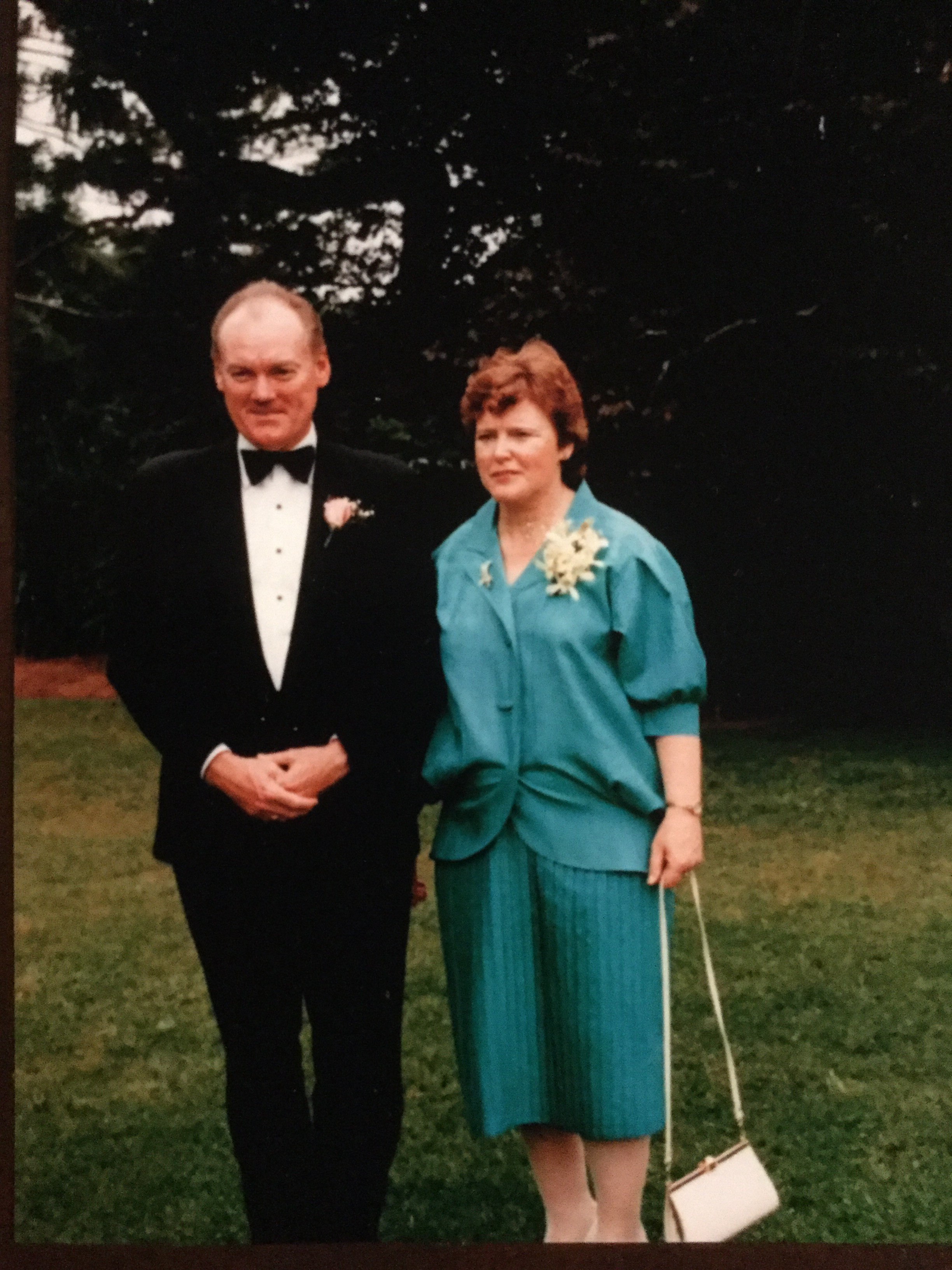 |
|
|
|
|
|
Clarrie may have borrowed this quote from someone else but loves to use it:
"It is better to have loved and lost than never to have loved at all."
|
|
|
A proud dad with his three daughters, (L-R:) Chris, Anita and Debbie. |
|
|
|
|
|
Clarrie says he often gets asked, “What do you do, how do you fill in your time, now that you’ve left the Air Force??”
|
|
|
|
|
|
“Air Force??” says Clarrie, “what Air Force??”
|
|
|
|
|
|
The trouble with Sunday drivers is, they don't drive any better during the week.
|
|
|
|
|
|
|
|
|
|
|
|


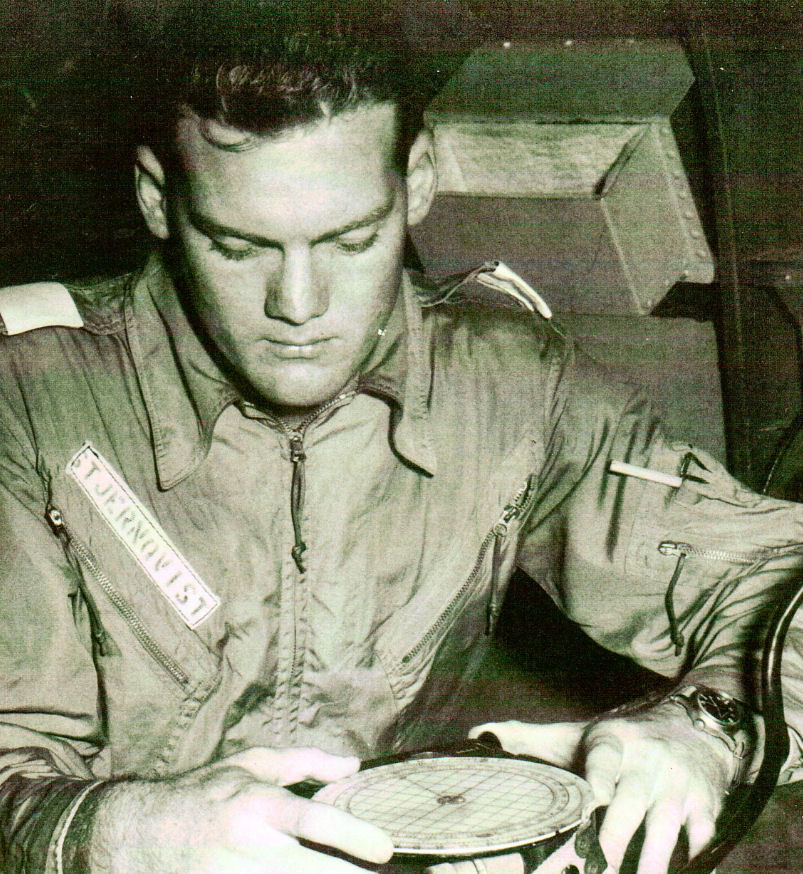

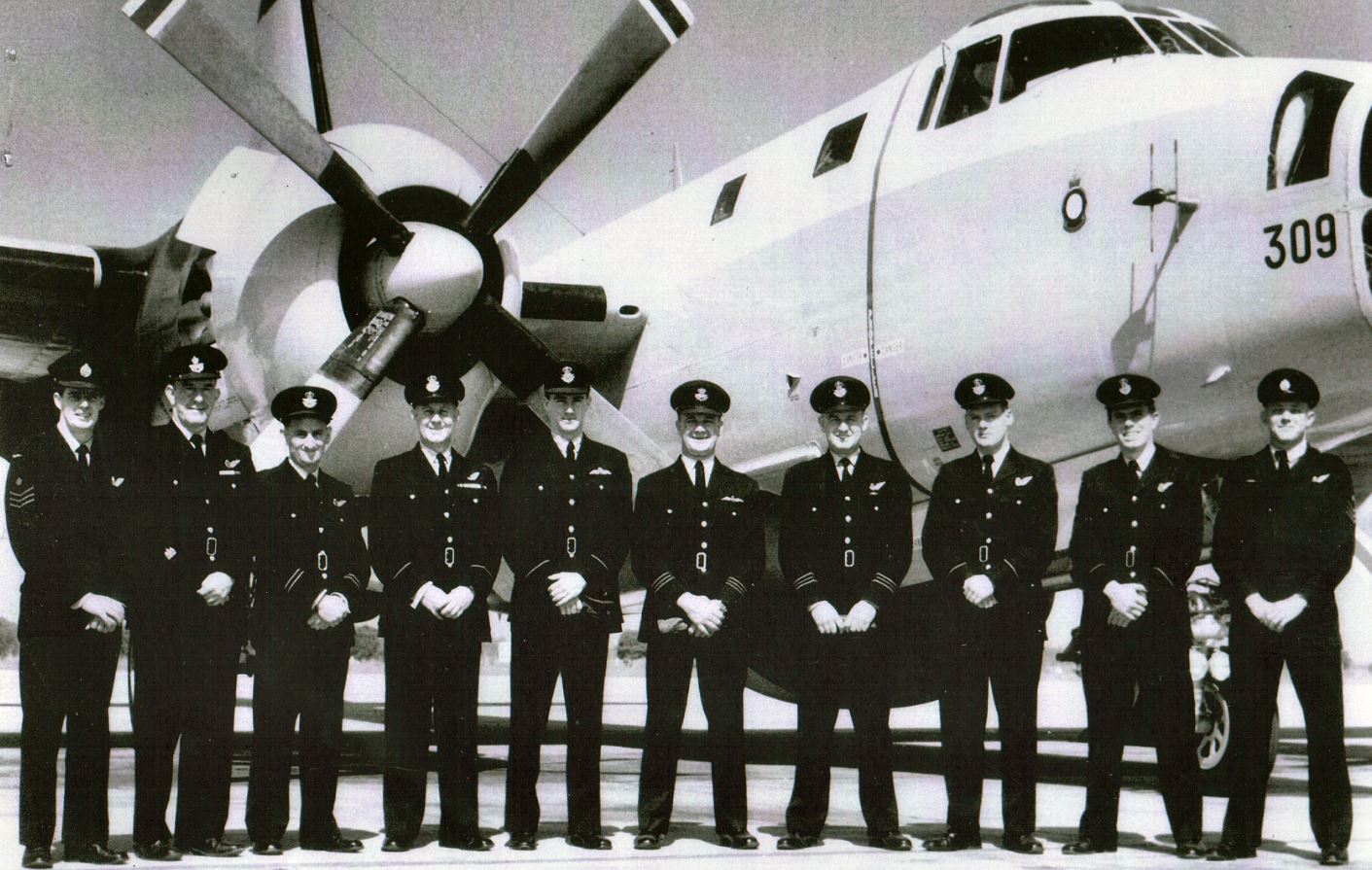

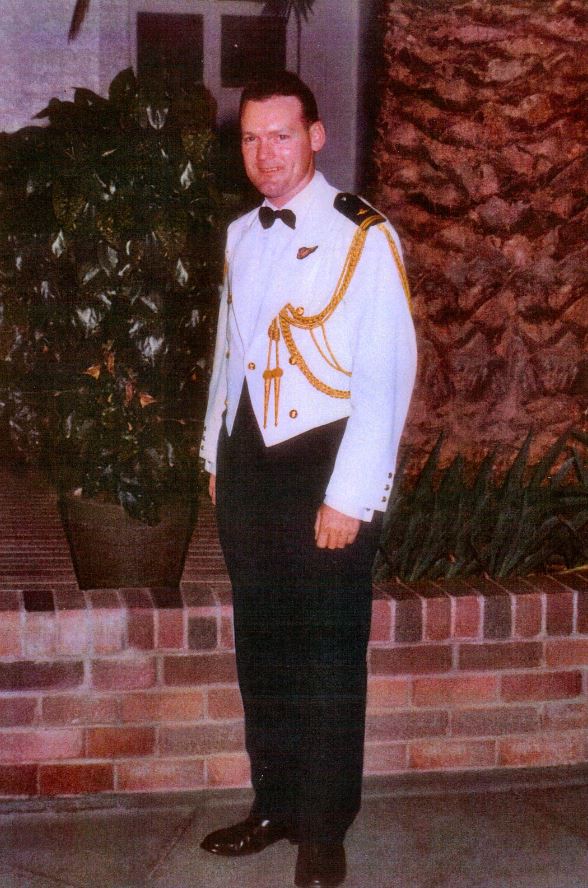
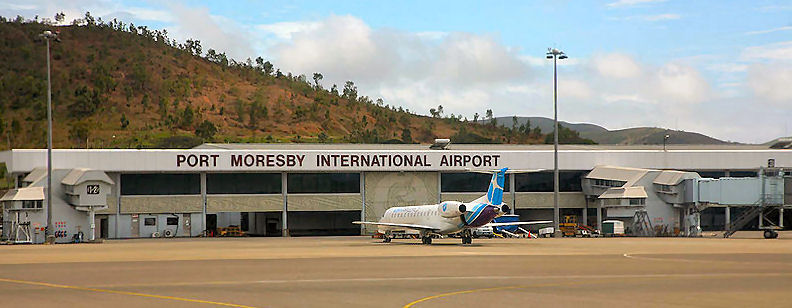
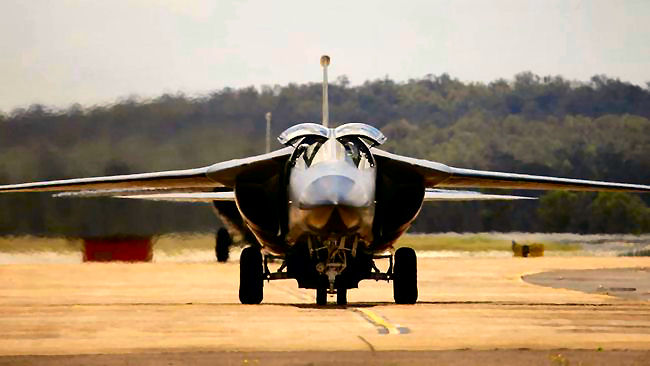
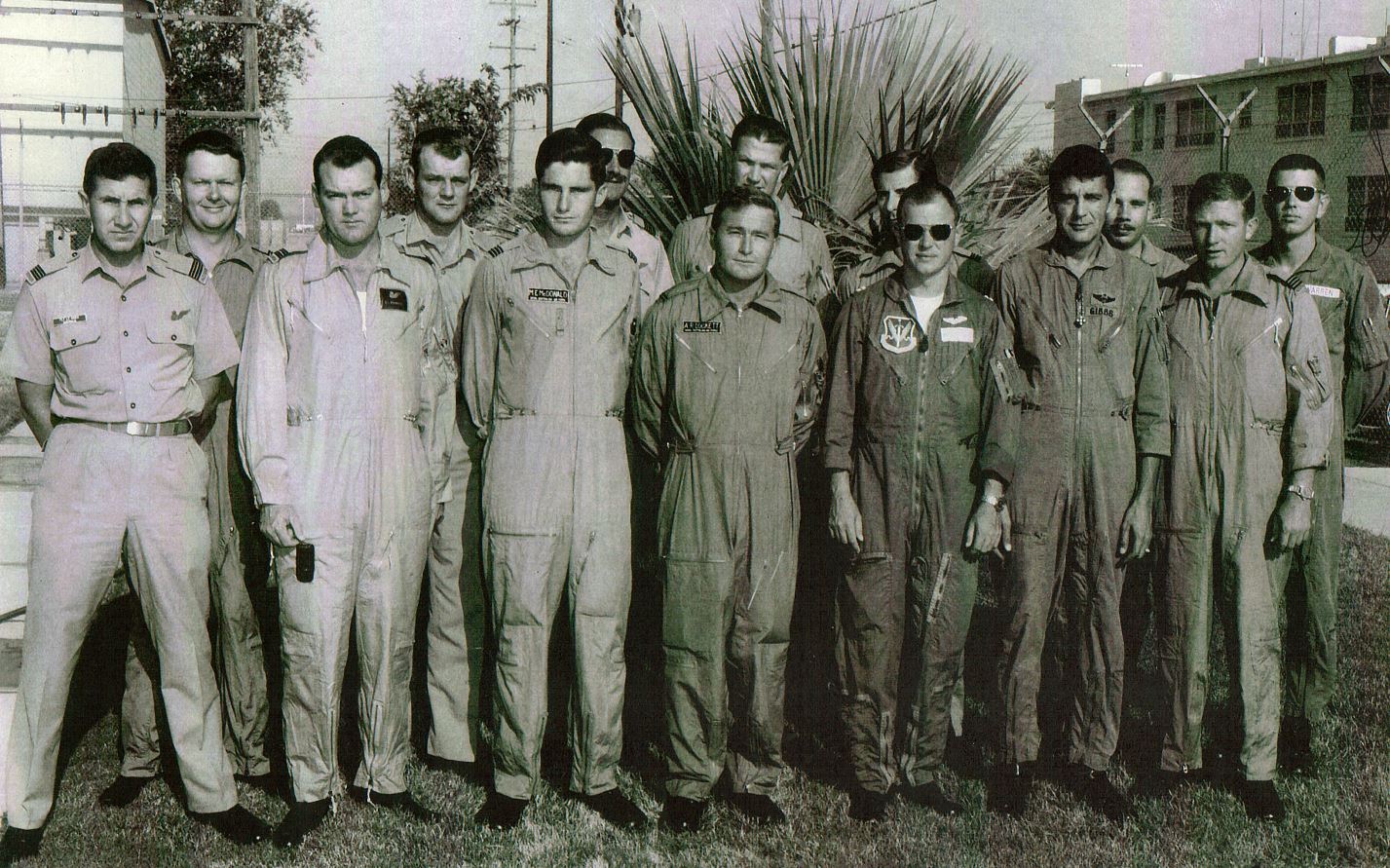
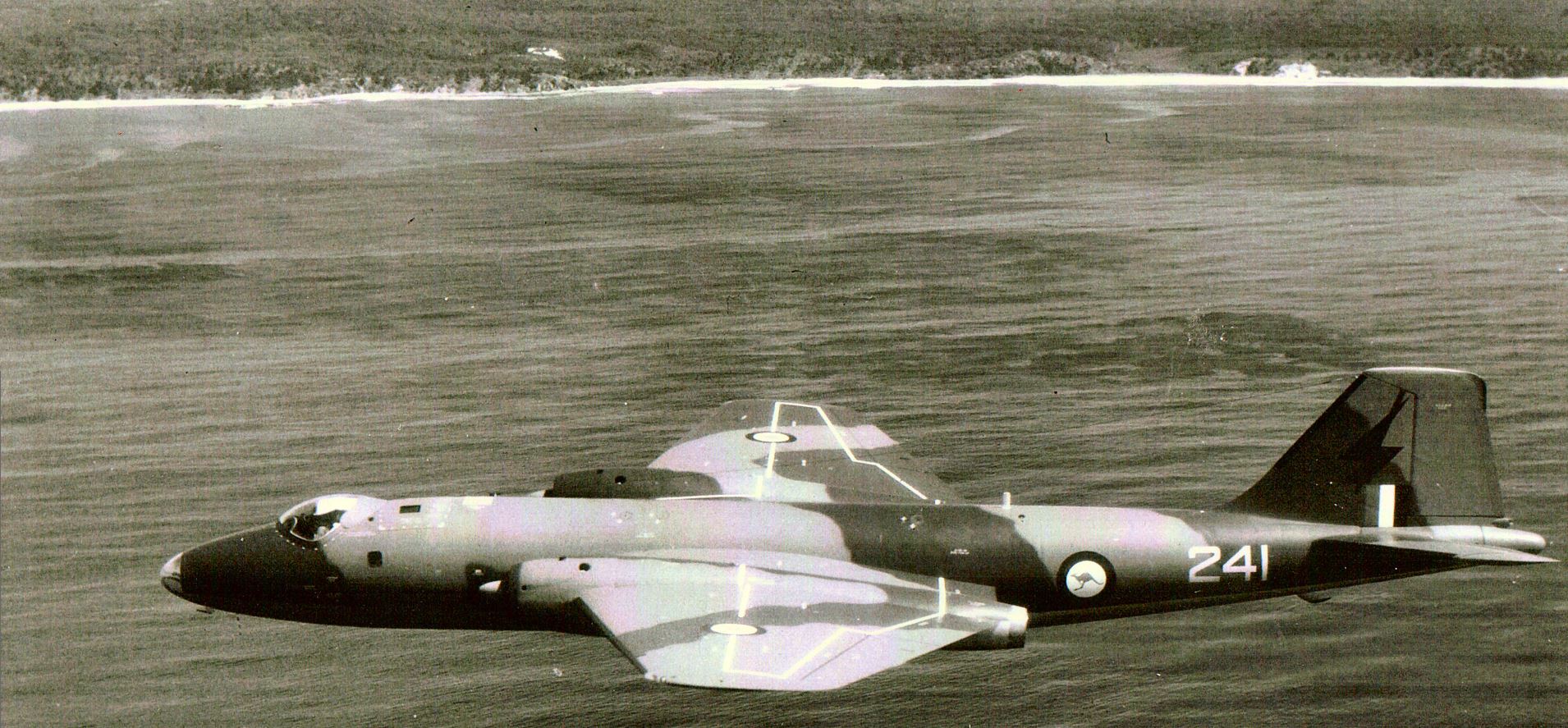
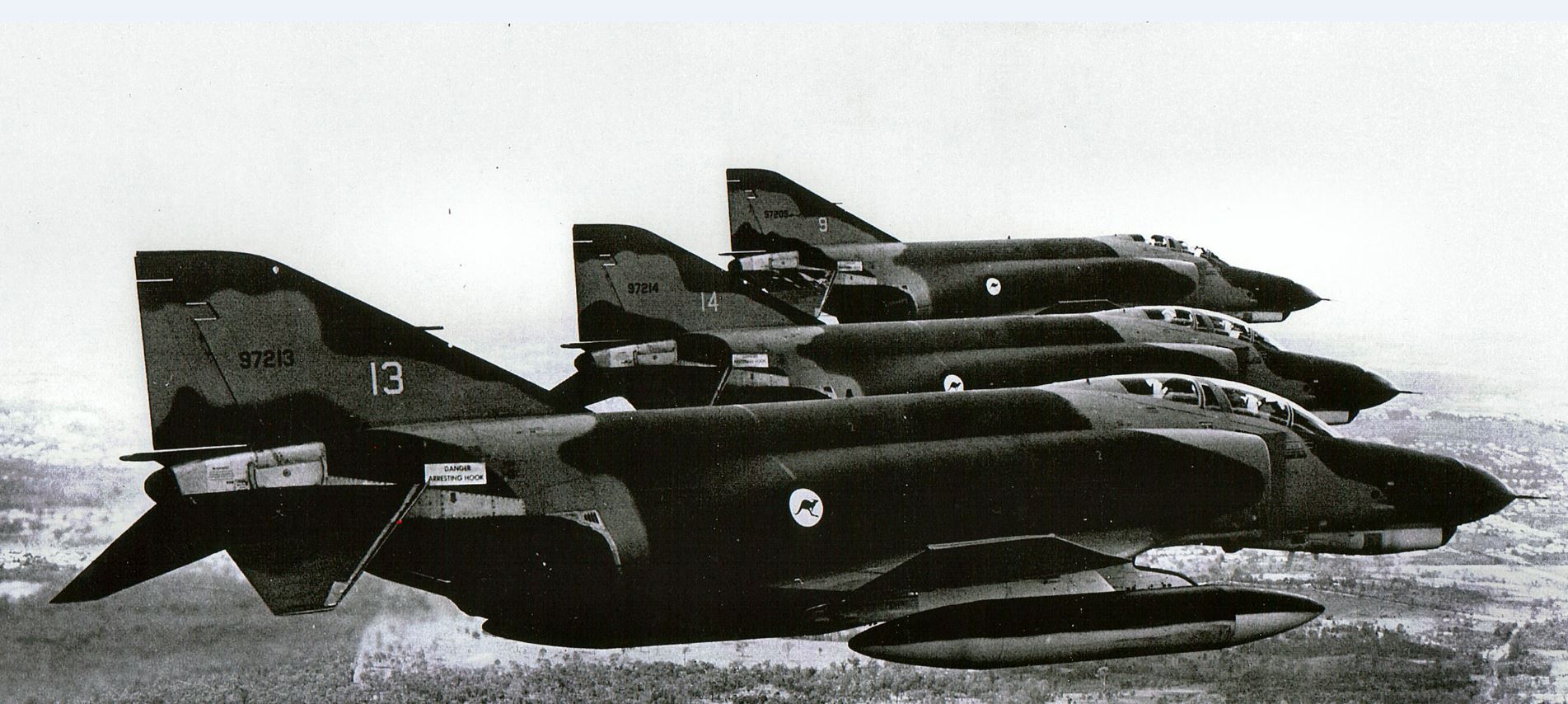
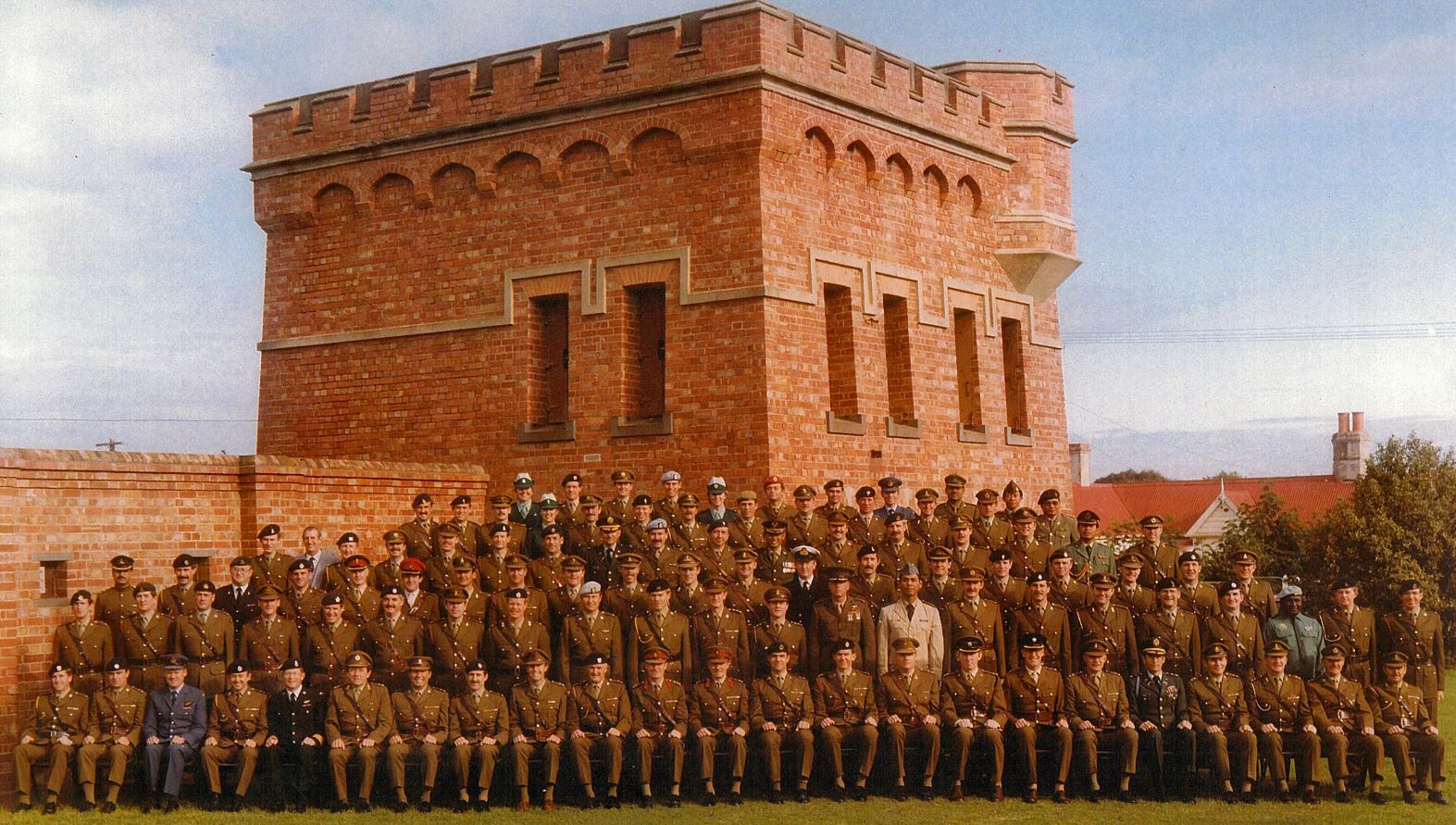
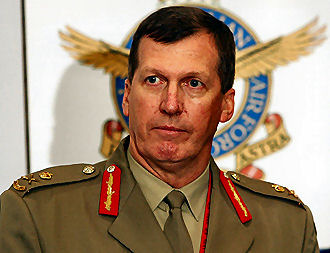 mentored six students (Major rank) including one foreign student over
the college year. In 1985 from a course population of 80 two of his
students secured the highest grade of pass (B+) out of a total of seven
awarded. One of these students, Peter Leahy (right), went on to become
Chief of the Australian Army. In 1986 his foreign student was a
Filipino (Alexander Noble) who later as a Colonel led a mutiny with the
aim of overthrowing President Corazon Aquino and establishing the
southern island of Mindanao as a separate state. When the mutiny lost
momentum he
mentored six students (Major rank) including one foreign student over
the college year. In 1985 from a course population of 80 two of his
students secured the highest grade of pass (B+) out of a total of seven
awarded. One of these students, Peter Leahy (right), went on to become
Chief of the Australian Army. In 1986 his foreign student was a
Filipino (Alexander Noble) who later as a Colonel led a mutiny with the
aim of overthrowing President Corazon Aquino and establishing the
southern island of Mindanao as a separate state. When the mutiny lost
momentum he 